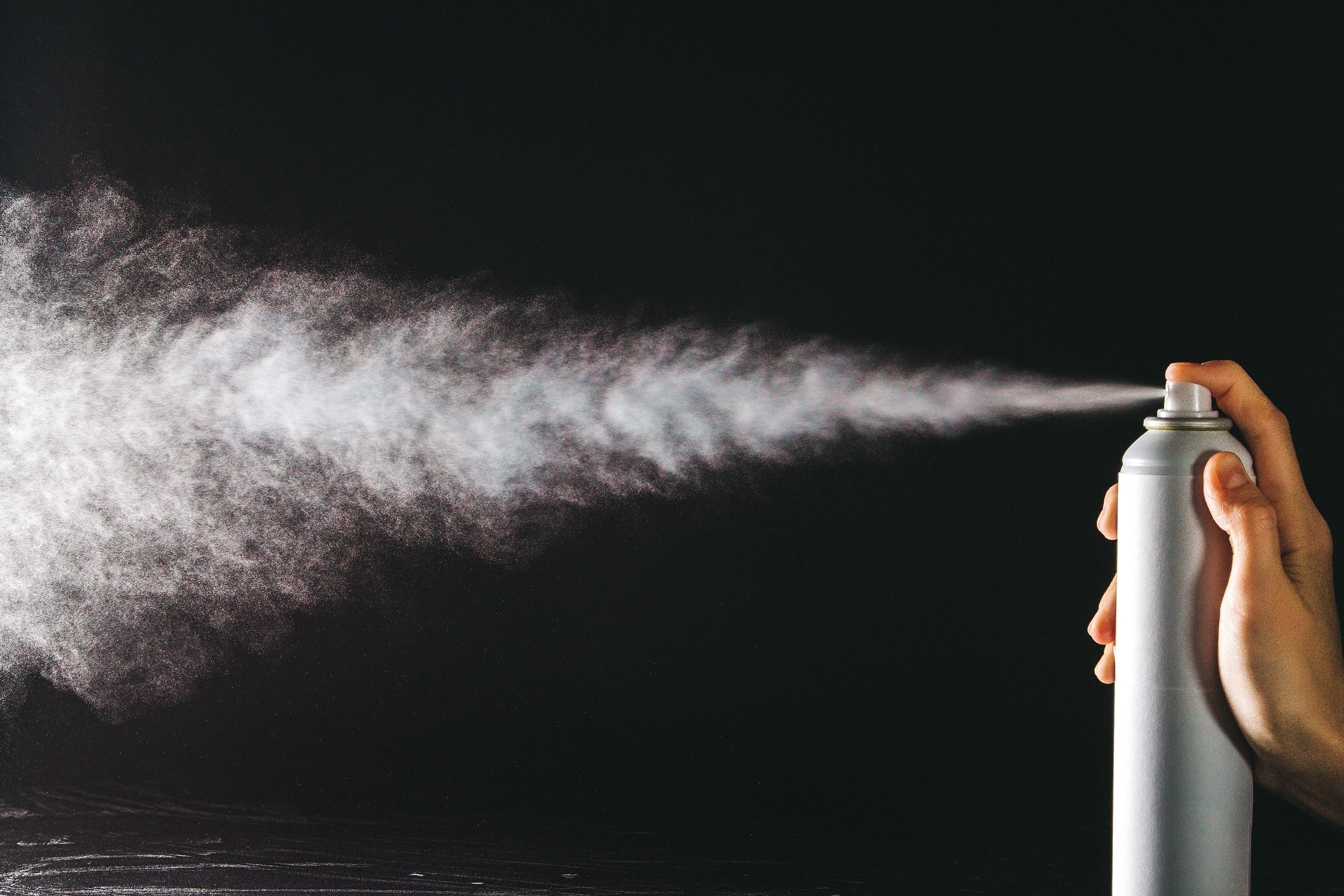Study Reveals Matrix Elements' Impact on Copper LIBS Emission Line in Aerosol Analysis
In a recent study published in the Spectrochimica Acta Part B: Atomic Spectroscopy, researchers explored using laser-induced breakdown spectroscopy (LIBS) to investigate the impact of concomitant mass present in the probe volume on the copper (Cu) I LIBS signal in aerosol (1). This research aimed to provide valuable insights into the complexities of plasma conditions and their role in LIBS analysis, and it was conducted by researchers from the University of Brescia, the Institute of Condensed Matter Chemistry and Technologies for Energy, and the South Dakota School of Mines and Technology.
Spraying the aerosol from the spray | Image Credit: © zaharov43 - stock.adobe.com.

The study focused on the addition of matrix elements – specifically, magnesium, chromium, and sodium – to copper aerosol and observed how their presence affected the emission line (1). The concentration of these elements was increased in relation to the copper concentration. Furthermore, the researchers examined the role of specific matrix compounds, comparing sodium chloride and sodium acetate, to discern their influence on copper I LIBS signals (1).
This study resulted in some key findings. One of these findings was the alteration of both the peak and base of Cu I LIBS signals, as well as their corresponding peak and base ratios, with the increasing concentration of the matrix compounds (1). This phenomenon highlights the intricate relationship between the matrix elements and the copper LIBS signal, providing valuable insights into how matrix elements can influence the results of quantitative analysis.
The researchers also conducted a temporal analysis of the copper I emission line both with and without the presence of chromium at varying concentrations to explore the impact of these matrix elements on the plasma (1). These variations ultimately had a significant impact on the LIBS signal, demonstrating the need to consider matrix elements when interpreting the results of LIBS analysis (1).
With a focus on nitrogen neutral lines, the research team also conducted temperature measurements in several matrix conditions at short delay times. These measurements illuminated the effect of concomitant mass present in the probe volume, which is closely linked to the physical properties of the compounds involved (1). The study found that these properties have the potential to modify plasma conditions, leading to changes in temperature and the plasma's temporal evolution, and consequently influencing the LIBS signal (1).
By investigating the impact of concomitant mass and matrix elements on the Cu I LIBS signal in aerosol, the study highlights the need for a comprehensive understanding of plasma conditions to ensure accurate quantitative analysis in various applications.
This article was written with the help of artificial intelligence and has been edited to ensure accuracy and clarity. You can read more about our policy for using AI here.
Reference
(1) Ciniglia, D.; Migliorini, F.; Donde, R.; Diwakar, P.; De Iuliis, S. Loading effect of matrix compounds in aerosol LIBS measurements. Spectrochimica Acta Part B: At. Spectrosc. 2023, 208, 106784. DOI: 10.1016/j.sab.2023.106784
Laser Ablation Molecular Isotopic Spectrometry: A New Dimension of LIBS
July 5th 2012Part of a new podcast series presented in collaboration with the Federation of Analytical Chemistry and Spectroscopy Societies (FACSS), in connection with SciX 2012 — the Great Scientific Exchange, the North American conference (39th Annual) of FACSS.